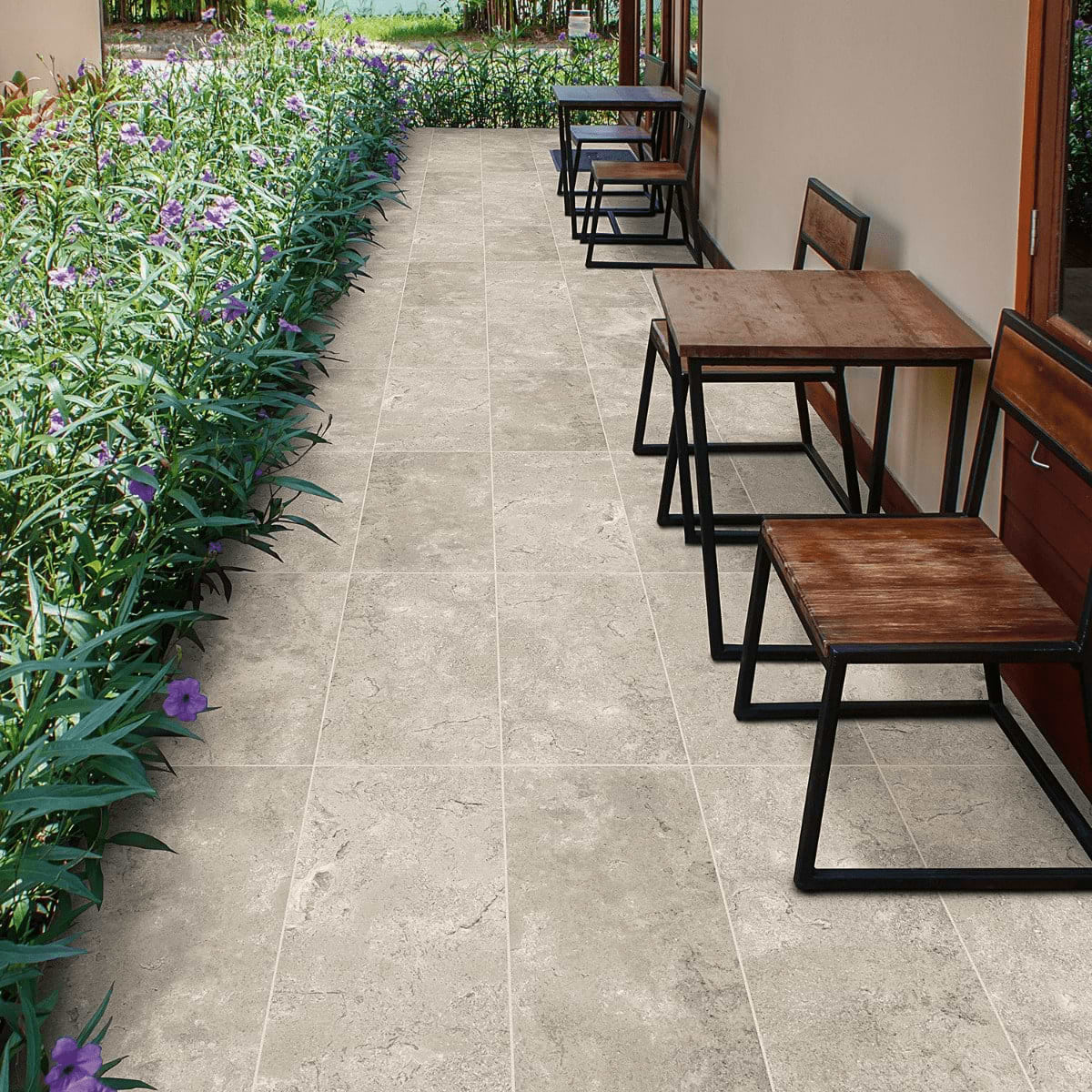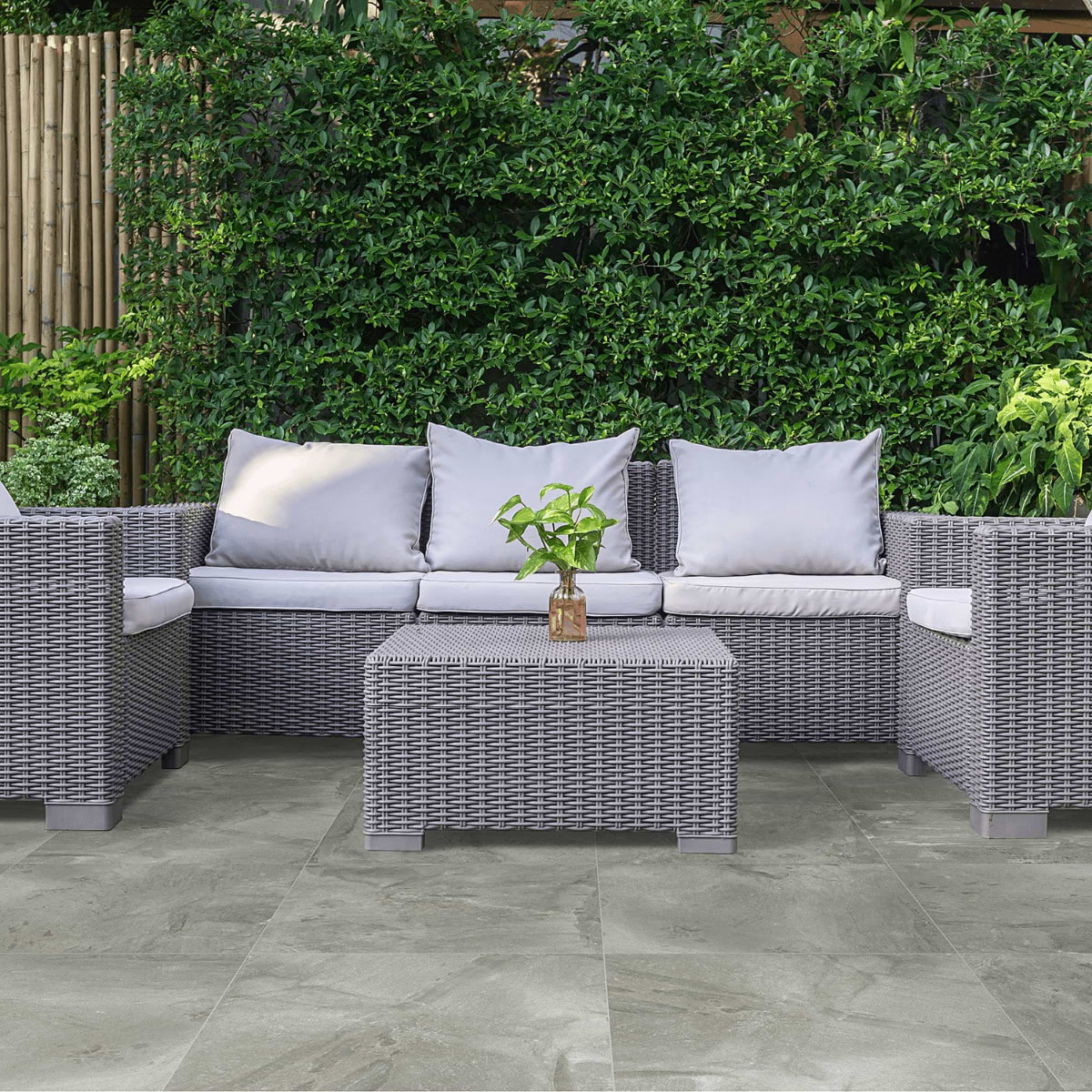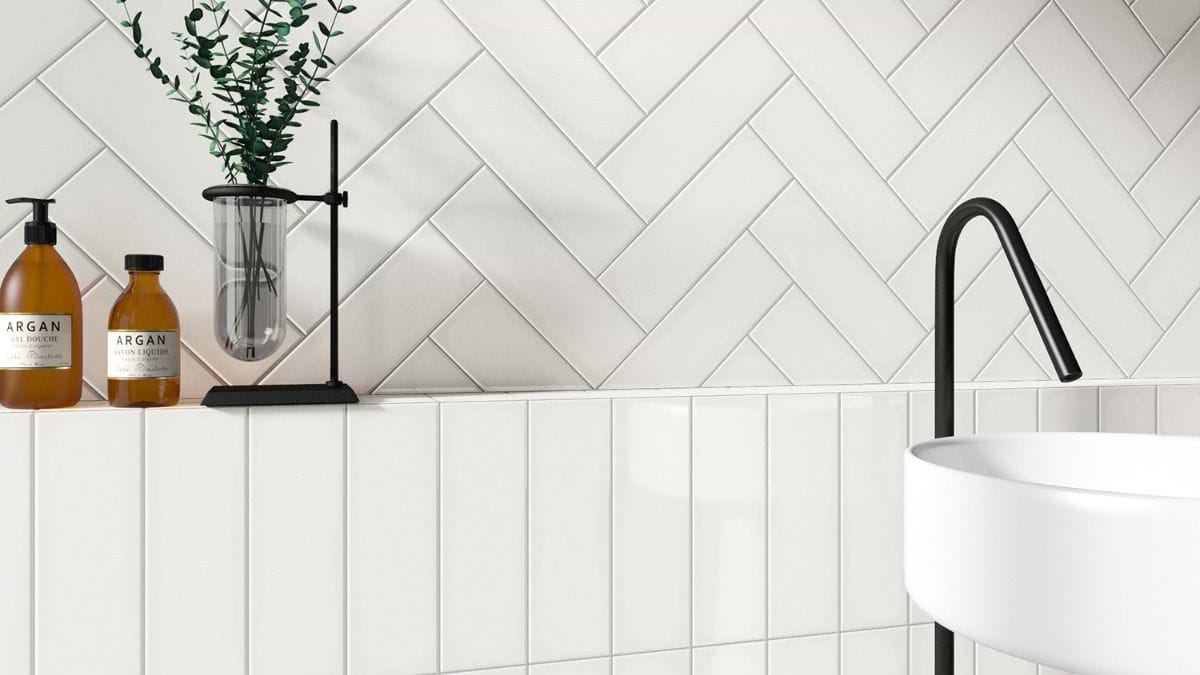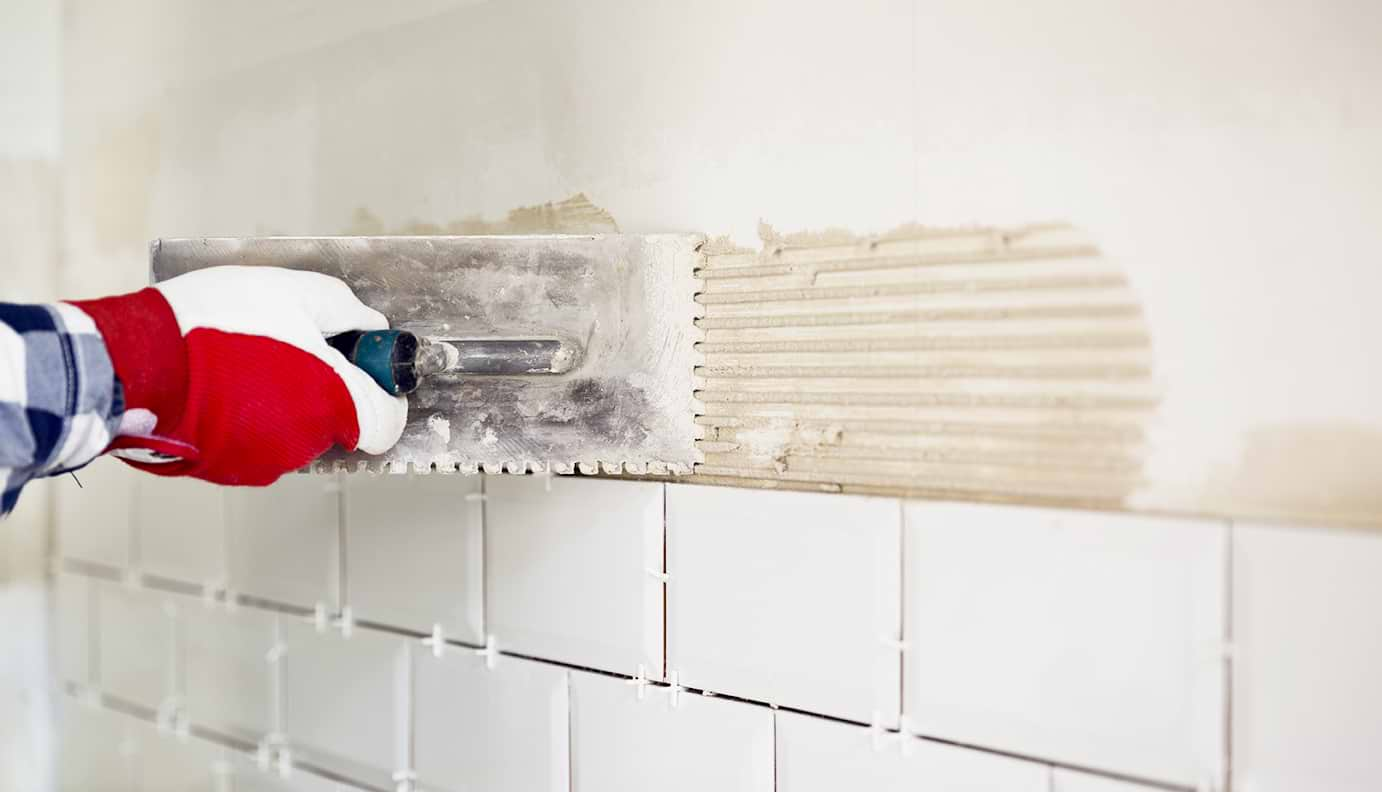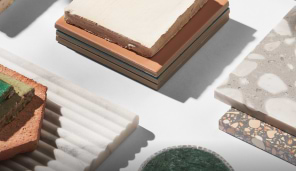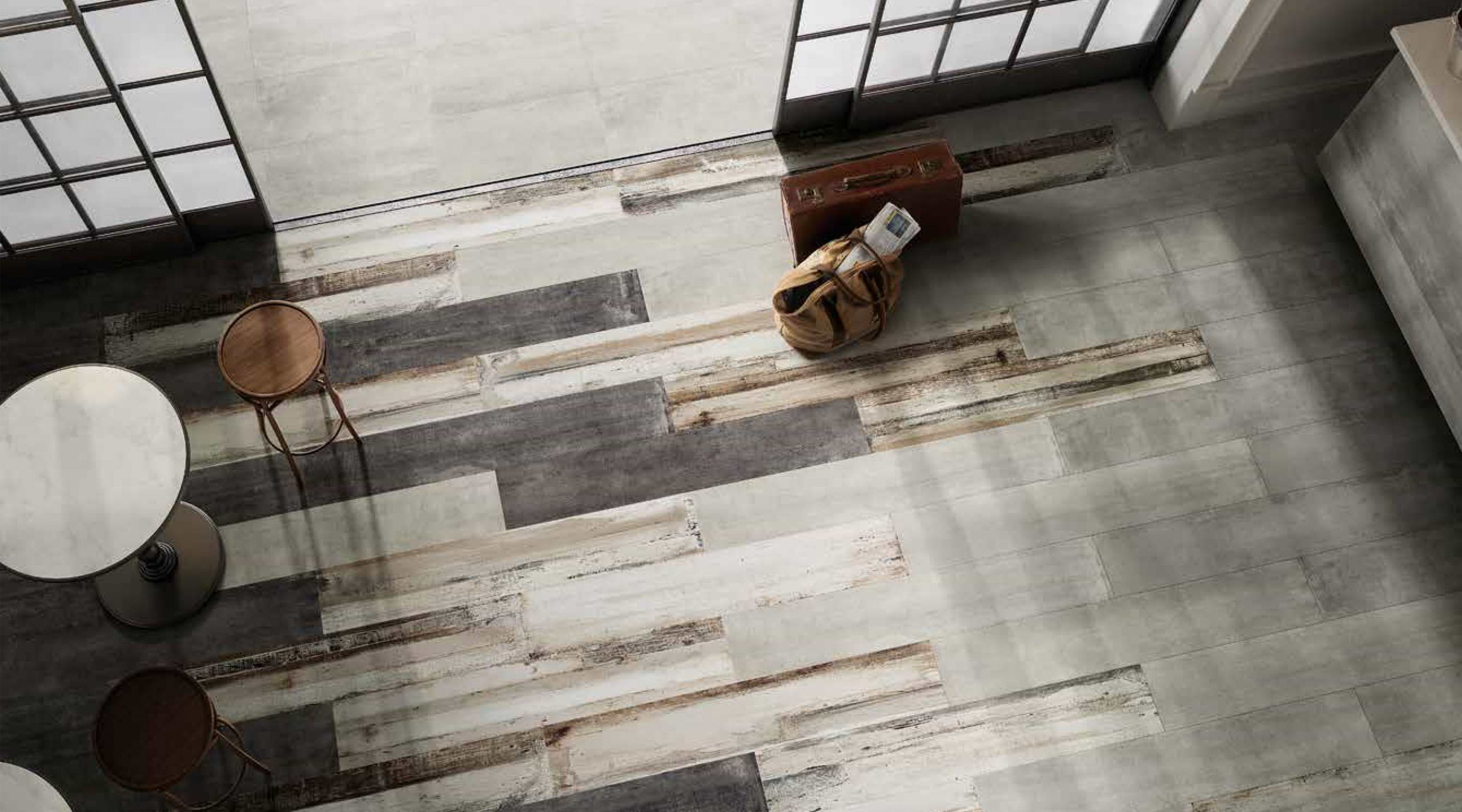Guide to Outdoor Tile Maintenance: Protect Your Investment
In the realm of outdoor home improvement, maintaining the pristine condition of outdoor tiles holds significant importance. Firstly, outdoor tiles serve as a cornerstone of aesthetics, contributing to the overall charm and appeal of your outdoor space, whether it’s a sprawling patio, a winding walkway, or a serene pool area. When well-maintained, these tiles elevate the visual allure of your property, creating an inviting ambiance that beckons guests and inhabitants alike to revel in the beauty of their surroundings.
Types of Outdoor Tiles
When it comes to outdoor tiles, several materials are commonly used, each with its own unique properties and characteristics. Some of the most popular materials include:
Ceramic: Ceramic tiles are made from clay that is fired at high temperatures. They are known for their durability, resistance to water and stains, and wide range of colors and designs.
Ceramic tiles are relatively easy to maintain, resistant to water and stains, and available in a wide range of colors and designs.
While ceramic tiles are durable, they can be prone to chipping or cracking if subjected to heavy impacts.
Porcelain: Porcelain tiles are also made from clay but are denser and less porous than ceramic tiles. This makes them highly resistant to moisture, stains, and scratches, making them an ideal choice for outdoor use.
Porcelain tiles are highly durable, resistant to moisture and stains, and come in a variety of colors and textures.
Despite their durability, porcelain tiles can still crack or chip if subjected to extreme force or impact.
Natural stone: Natural stone tiles, such as granite, slate, limestone, and travertine, add a timeless and elegant look to outdoor spaces. Each type of natural stone has its own unique characteristics, ranging from durability to susceptibility to staining and weathering.
Natural stone tiles offer a unique, organic look with variations in color and texture. They are generally durable and can withstand outdoor elements.
Natural stone tiles may require sealing to protect against stains and water damage. Some types of natural stone, such as limestone, can be more susceptible to damage from acidic substances.
Precautionary Measures: Protecting Outdoor Tiles For Better Investment
Before installing outdoor tiles, make sure to consider the following precautionary measures:
- Choose the right type of tile: Before committing, make sure to do proper research on what tiles you want to use. Some factors to consider include.
- Material: Opt for tiles specifically designed for outdoor use, such as porcelain or natural stone, which are more resistant to moisture and weathering.
- Texture: Choose tiles with a textured surface to provide better traction and reduce the risk of slipping, especially in wet conditions.
- Color and finish: Lighter colors and matte finishes are less likely to show dirt and stains, while darker colors may absorb more heat in sunny climates.
- Climate Considerations: Make sure to choose the right tile for the areas’ climate. For colder climates, choose tiles that retain heat to prevent winter sleet. For hotter climates, consider tiles that have a cooling effect.
- Freeze-thaw cycles: In colder climates, choose tiles with low water absorption and ensure proper drainage to prevent cracking from freeze-thaw cycles.
- UV exposure: Select tiles with UV-resistant finishes to prevent fading and discoloration from prolonged sun exposure.
- Rainfall and humidity: Ensure proper drainage to prevent water pooling and potential water damage to the tiles and substrate.
- Mildew Protection: For humid climates, consider adding mildew protection to prevent algae build-up on tiles.
- Proper Installation: Different tiles have different installation steps, do research on specific tiles or consider a professional for installation. This is especially true for tiles that have unusual shapes and cuts.
- Adequate substrate preparation: Ensuring a stable and level base for the tiles to prevent cracking or shifting.
- Correct mortar or adhesive application: Using the appropriate adhesive for the type of tile and substrate to ensure proper bonding.
- Proper spacing: Allowing for expansion joints to accommodate temperature changes and prevent cracking.
- Grouting: Using weather-resistant grout suitable for outdoor use and ensuring proper application to prevent water penetration and staining.
- Sealant application: Applying a sealant can provide an additional layer of protection for outdoor tiles, especially porous materials like natural stone.
Routine Maintenance
To better protect tiles, routine maintenance is needed to maintain their quality:
Regular cleaning schedule
Periodic washing with a solution of mild detergent and water ensures thorough removal of dirt and grime, maintaining the tiles’ cleanliness. In cases of stubborn stains or specific types of dirt, specialized tile cleaners recommended for outdoor use and compatible with the tile type can be employed for effective cleaning. By adhering to these practices, homeowners can ensure their outdoor tiles remain in optimal condition, enhancing the beauty and durability of their outdoor spaces.
Remove Stains Promptly
Promptly address any spills or stains to prevent them from setting into the tile surface and becoming more difficult to remove.
Checking for signs of damage or wear
Regularly inspect the outdoor tiles for signs of damage, such as cracks, chips, or loose tiles. Address any issues promptly to prevent further deterioration and ensure the longevity of the tiles.
Seasonal Maintenance
Summer:
Regular hydration during hot and dry weather is paramount to prevent cracking and deterioration. Keeping the surface hydrated by regularly watering the tiles helps maintain their structural integrity and prevents them from becoming brittle due to dehydration. Additionally, vigilance in monitoring for signs of heat damage is crucial.
Keeping a keen eye out for indications such as warping or discoloration allows homeowners to take timely action to protect the tiles from excessive heat exposure. By adhering to a routine maintenance schedule, including regular hydration and diligent monitoring, homeowners can safeguard their outdoor natural stone tiles against environmental stresses, preserving their aesthetic appeal and longevity for years to come.
Winter:
To maintain outdoor tiles effectively, several steps are crucial. Clearing debris, such as leaves and branches, from the tile surface is essential to prevent staining and moisture buildup, preserving the tiles’ integrity. Additionally, applying an antifreeze sealant designed specifically for outdoor tiles protects them from the potentially damaging effects of freezing temperatures and ice. Moreover, preventing ice buildup on the tile surface is imperative for both safety and preservation purposes. Utilizing de-icing products or tools helps mitigate the risk of damage caused by ice buildup and ensures a safe outdoor environment. By following these preventive measures, homeowners can safeguard their outdoor tiles against various environmental challenges, prolonging their lifespan and maintaining their aesthetic appeal.
By doing these simple maintenance tasks regularly, you can maintain the natural beauty of your tiles even outdoors. This makes your surroundings beautiful and stable.
Specialized Care for Different Types of Tiles
Ceramic and porcelain tiles:
- Regular cleaning: Use a mild detergent and water solution to clean ceramic and porcelain tiles regularly.
- Avoid abrasive cleaners: Refrain from using abrasive cleaners or harsh chemicals, as they can damage the glaze on the tiles.
- Grout maintenance: Keep the grout between ceramic and porcelain tiles clean and sealed to prevent staining and water damage.
Natural stone tiles:
- Sealing: Apply a penetrating sealer to natural stone tiles to protect against stains and moisture penetration.
- Avoid acidic cleaners: Refrain from using acidic or abrasive cleaners on natural stone tiles, as they can etch the surface and cause damage.
- Gentle cleaning: Use a pH-neutral cleaner and soft brush or cloth to clean natural stone tiles, avoiding harsh scrubbing.
Mosaic tiles
- Grout maintenance: Regularly clean and reseal the grout between mosaic tiles to prevent staining and water damage.
- Delicate handling: Handle mosaic tiles with care, as they can be more fragile than larger tiles and prone to damage from impact.
Concrete tiles:
- Sealing: Apply a concrete sealer to protect concrete tiles from moisture penetration and staining.
- Avoid abrasive cleaners: Refrain from using abrasive cleaners or harsh chemicals on concrete tiles, as they can damage the surface.
- Regular maintenance: Clean concrete tiles regularly to remove dirt and debris, and address any stains promptly to prevent them from setting.
Conclusion
Proactive care of outdoor tiles is not only essential for maintaining their appearance and functionality but also for protecting the investment made in your outdoor space. By taking the time to properly maintain and care for your outdoor tiles, you can ensure that they remain beautiful, durable, and safe for years to come. Remember, a little effort now can save you time and money in the long run, and ultimately enhance your outdoor living experience. So, take pride in your outdoor space and make outdoor tile maintenance a priority!
Key Tips:
- Establish a regular cleaning schedule, including sweeping or vacuuming, washing with mild detergent and water, and using specialized cleaners when necessary.
- Promptly remove stains and address signs of damage or wear to prevent further deterioration.
- Choose tiles suitable for outdoor use and consider climate factors to protect against environmental damage.
- Apply sealant as needed to provide additional protection for outdoor tiles.
- Implement seasonal maintenance practices, such as winterizing outdoor tiles and monitoring for heat damage in summer.
Frequently Asked Questions (FAQs)
How often should I clean my outdoor tiles?
Outdoor tiles should be cleaned regularly, ideally on a weekly basis. Sweeping or vacuuming debris and washing with mild detergent and water can help maintain their appearance and prevent dirt buildup.
What type of cleaner should I use for outdoor tiles?
For routine cleaning, a mild detergent and water solution is usually sufficient. However, for stubborn stains or specific types of dirt, specialized tile cleaners designed for outdoor use may be necessary.
How can I prevent my outdoor tiles from becoming slippery?
To prevent slips and falls, ensure proper drainage to prevent water pooling on the tile surface. Additionally, consider applying slip-resistant coatings or treatments, especially in areas prone to moisture or water buildup.


